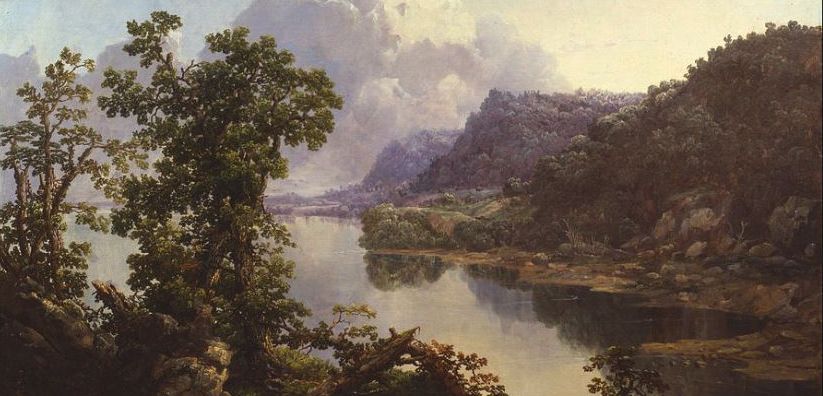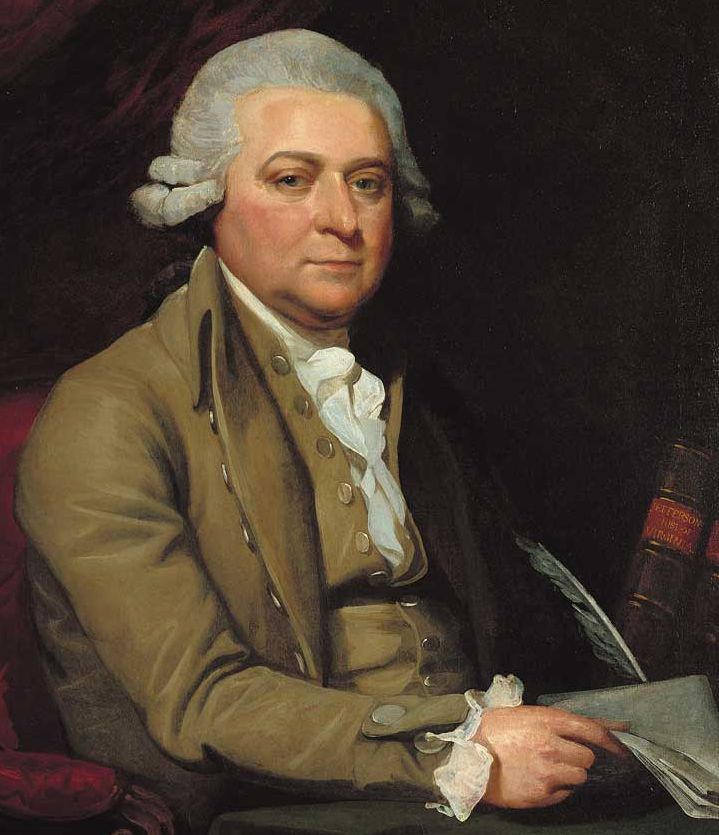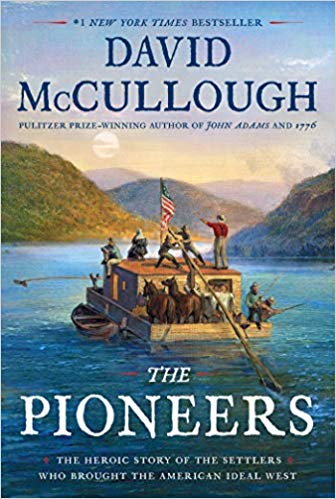Authors:
Historic Era: Era 3: Revolution and the New Nation (1754-1820s)
Historic Theme:
Subject:
Summer 2019 | Volume 64, Issue 3


Authors:
Historic Era: Era 3: Revolution and the New Nation (1754-1820s)
Historic Theme:
Subject:
Summer 2019 | Volume 64, Issue 3

The Seneca Indians called it the Ohi:yo’ (pronounced oh-hee-yoh), literally the “Good River.”
When French explorer La Salle first saw the Ohio in 1669, he described it as La Belle Rivière, " the Beautiful River.”
Thomas Jefferson echoed their sentiments, calling the Ohio “the most beautiful river on earth” in his book, Notes on the State of Virginia, even though he had never seen it.

However it was described, the Ohio River became the primary means to venture west for the early European settlers, allowing them to float through largely roadless forests from Williamsport or Pittsburgh in Pennsylvania to the Mississippi, and then on down to New Orleans and the land of the ten-dollar bank note known as “le Dixie.”
The Ohio River was also an important boundary. To its south lay territory claimed by Virginia, stretching to the Mississippi. The Treaty of Fort Stanwix in 1768 ceded the land to Virginia and by the 1770s early settlers were following Daniel Boone into what would later become the state of Kentucky.
The land to the north of the Ohio remained largely wilderness. But it continued to be very much on the mind of many American colonists. In 1774, the British Parliament voided their claims to the territory in the controversial Quebec Act and declared the Ohio territory part of Quebec. The resulting anger among the Americans, after they had fought a succession of bitter wars against the French-speaking Catholics in Canada, was one of the factors pushing them to revolt against the King a few years later.

In his new book, The Pioneers, David McCullough tells the extraordinary story of the first settlements in the vast wilderness of the Northwest Territory. McCullough got his start in 1964 as an editor and writer for American Heritage, his “graduate school” as he's called it. “Once
I discovered the endless fascination of doing the research
and of